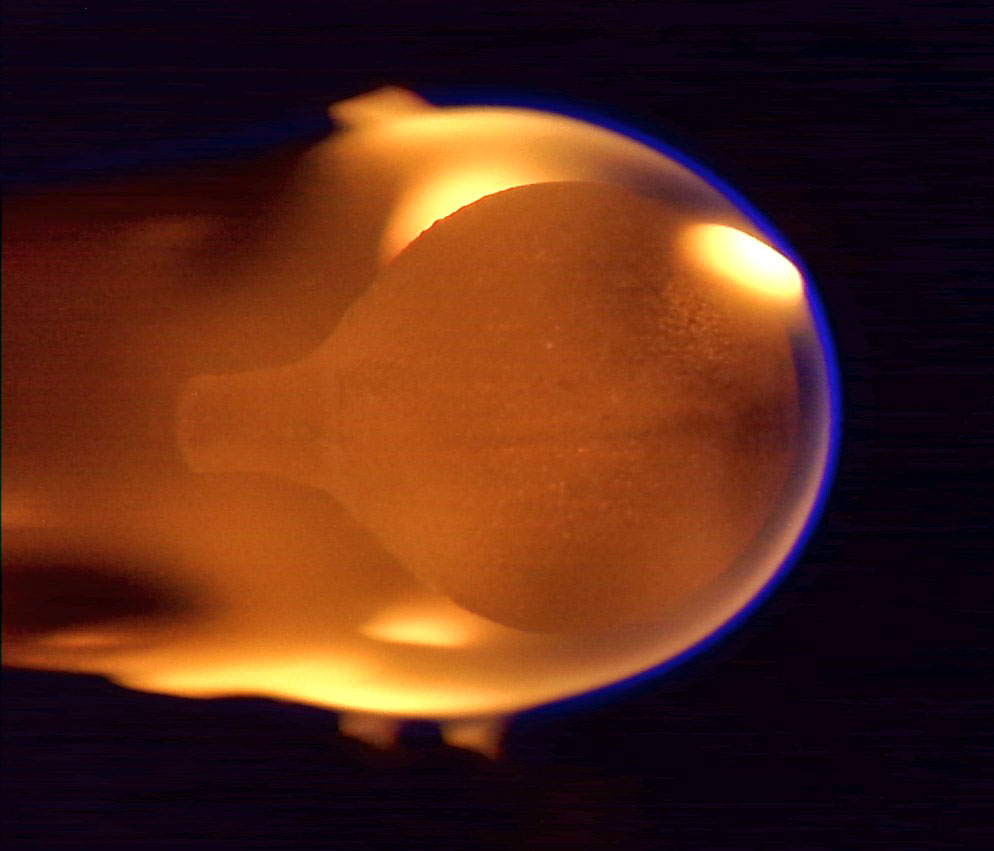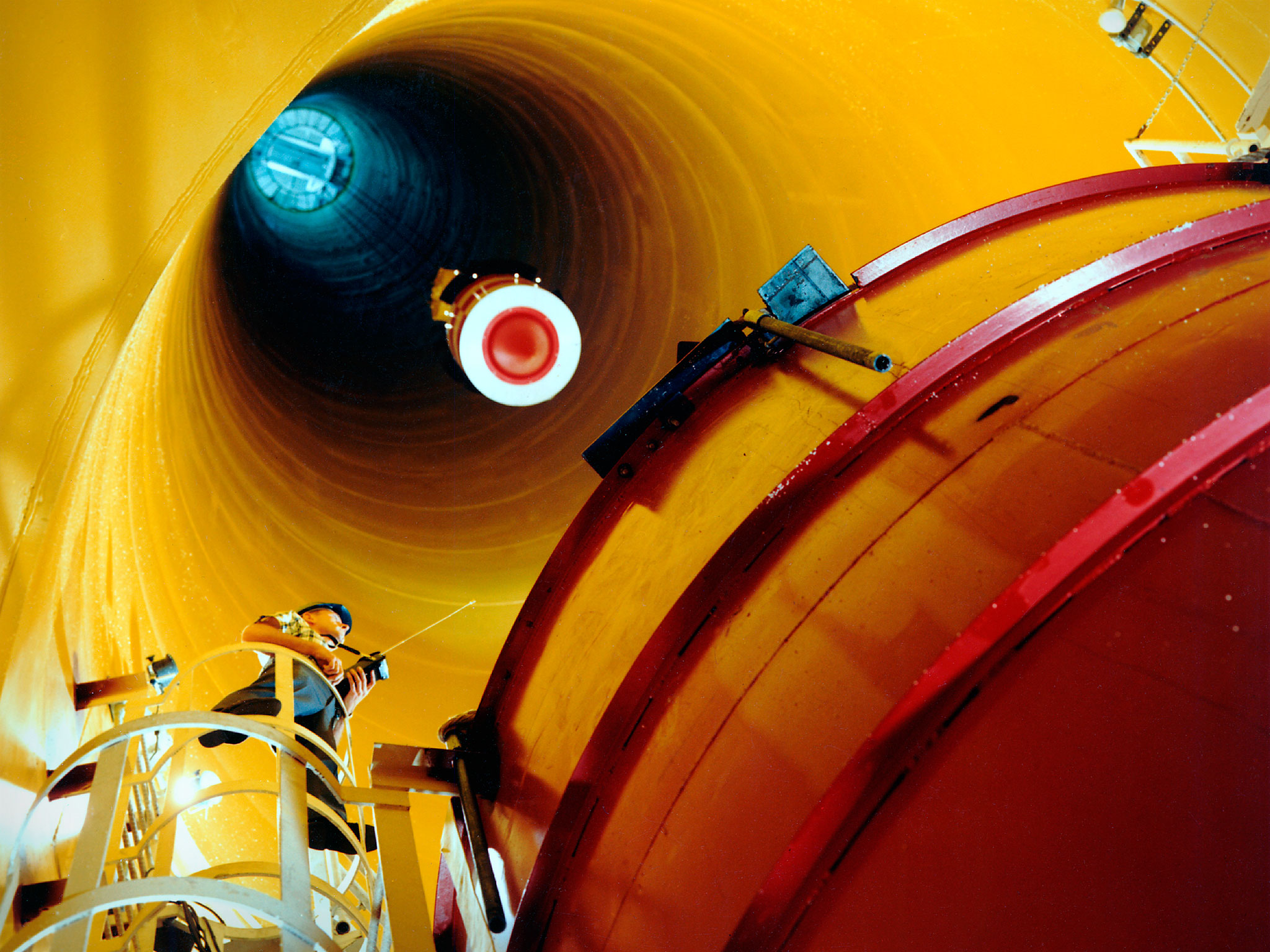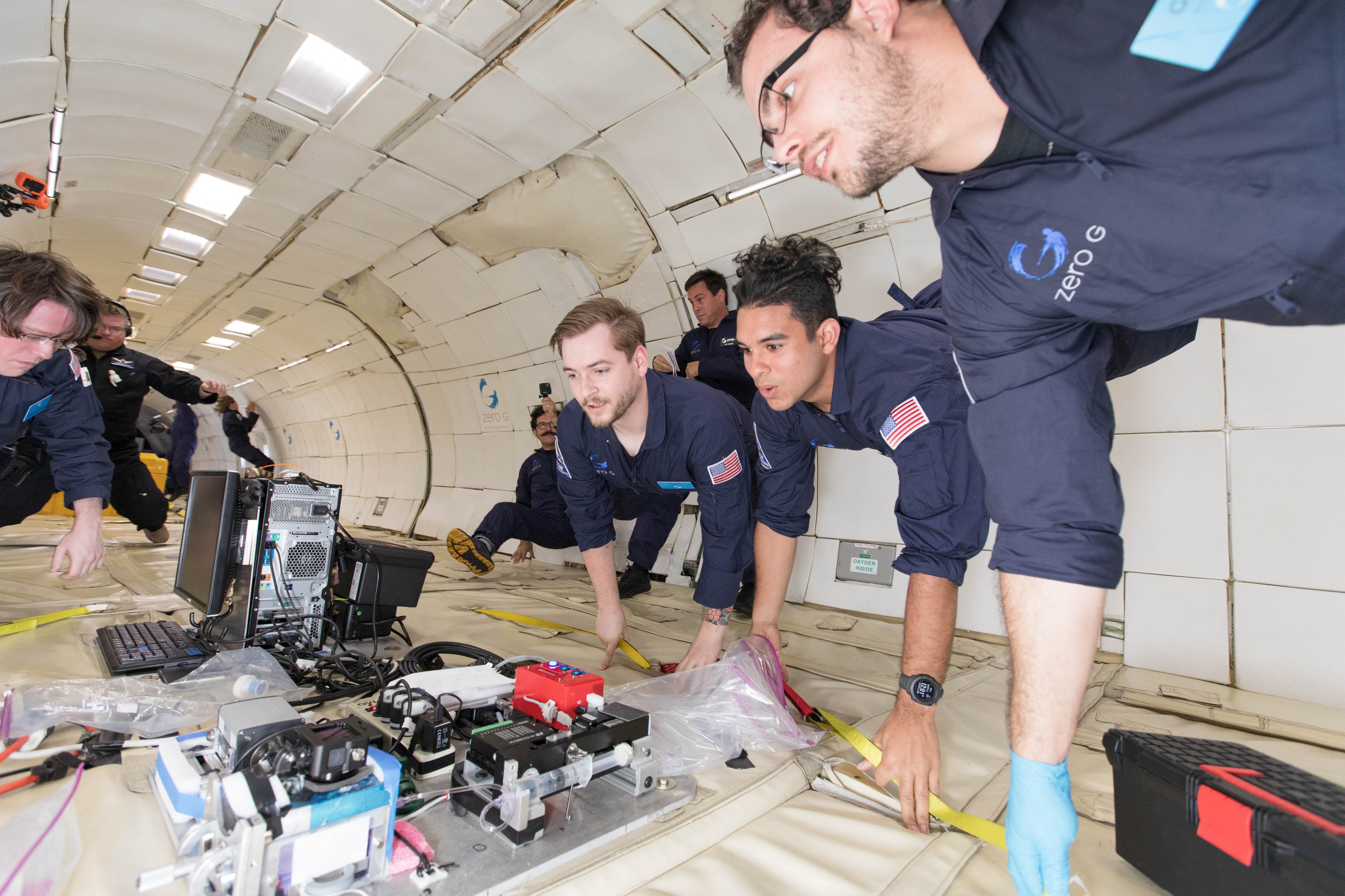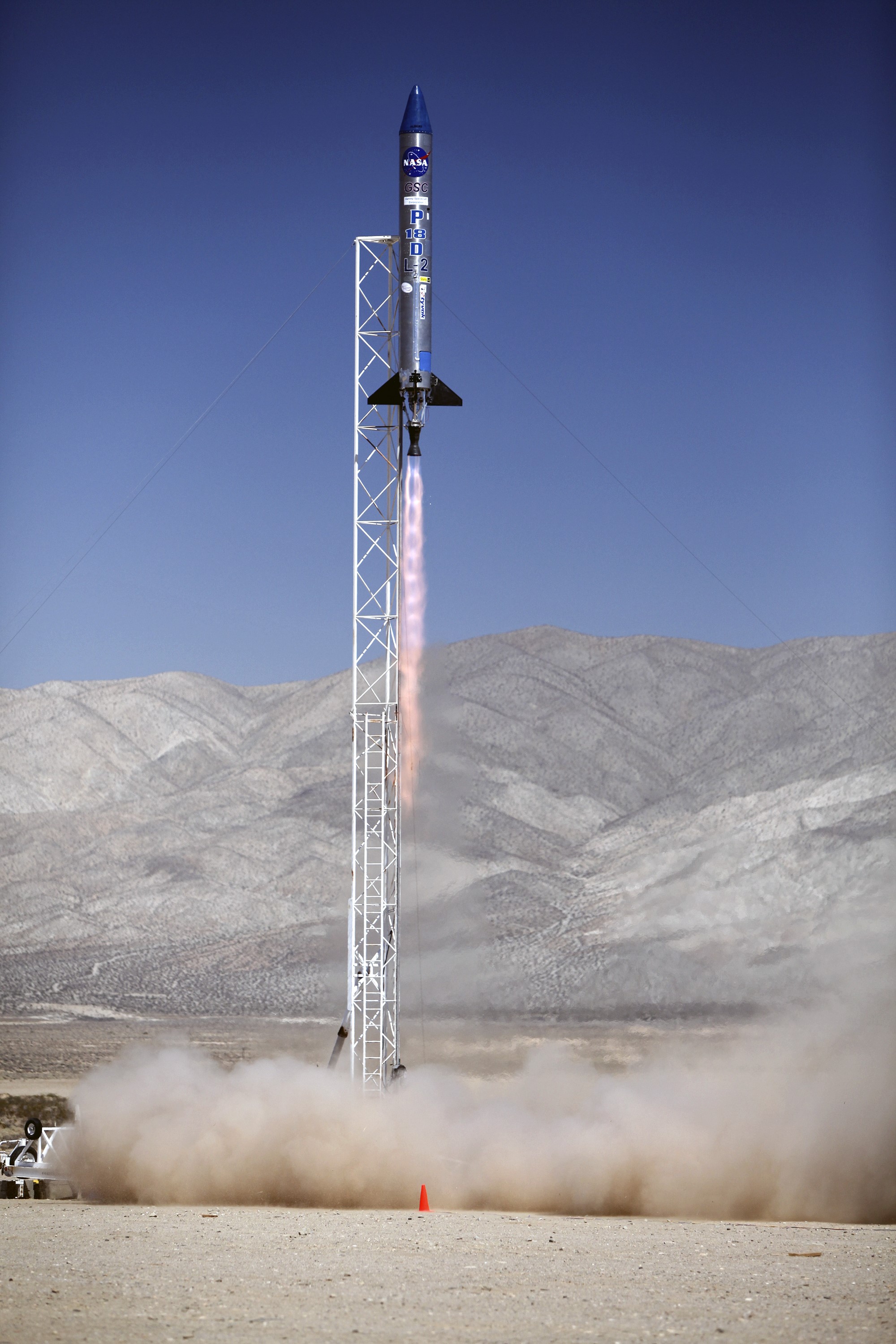How (and why) do NASA researchers simulate microgravity on Earth?
All aspects of our lives are affected by gravity. Muscles develop to push against the force of gravity. Sports rely on balls being pulled back to Earth. Cyclists fight against it to climb mountains.
What if we didn’t have to contend with gravity? And what can we learn by studying phenomena unencumbered by it? That’s what NASA researchers aim to find out.
Removing the effects of gravity can enable researchers to answer important scientific questions and study how humans can safely stay longer in space. For example, the shape of flames on Earth is formed by heated, less dense air rising, which is due to gravity. In space, flames burn as spheres. To better understand the core principles of combustion on Earth and learn how to keep crews safe on deep space missions, NASA’s Biological and Physical Sciences (BPS) Division studies flames in microgravity. While the International Space Station provides a platform for long-duration microgravity studies, BPS scientists can also simulate short-term microgravity on Earth.

Why simulate microgravity?
Although platforms like the space station have made long-duration microgravity accessible, launching research into orbit still takes a significant investment of time and money. Researchers often only have one shot at success and not much control over the study once it is loaded onto the rocket.
Simulating microgravity on Earth is much lower cost and risk. Researchers can easily perform many versions of an experiment and be more hands on with the work, enabling them to gather data quickly.
While simulated microgravity can only last for a short time and does not perfectly replicate the space environment, it is a great testing grounds for studies that might later fly aboard the International Space Station. Experiments can be refined on Earth before committing to launching it to the orbiting laboratory. For example, the BPS-sponsored Ring Sheared Drop investigation, which studies amyloids and fibrils associated with diseases such as Alzheimer’s, used parabolic flights to test its equipment before launching the experiment to station.
How to simulate microgravity
Important tools for simulating microgravity close to Earth include drop towers, parabolic flights, and suborbital flights.
Drop Towers

Time in microgravity: ~5 seconds
These ground-based Towers support the dropping of experiments with low drag from air, due to creating a vacuum in the tower before the drop and enable a few seconds of microgravity.
Parabolic Flights

These plane flights — also known as “vomit comets” — follow a steep up and down pattern, creating a microgravity environment at the top of the hills of the flight. This is the same effect as when a rider temporarily feels weightless on a roller coaster and is experiencing reduced gravity.
Suborbital Flights

Time in microgravity: 3-4 minutes
Rockets carrying science experiments follow the same parabola as the airplane, but because they fly much higher, the microgravity time is extended.
Summary
NASA employs a variety of microgravity platforms to advance scientific research efficiently and cost-effectively.
There is, however, no substitute for launching research to space. Space stations allow for “unlimited” access to microgravity, which enables researchers to study phenomena for longer periods of time and gather critical data that could lead to transformational discoveries. Together, these research platforms ensure NASA possesses the information needed to go farther and stay longer in deep space.
Learn more:
About BPS
NASA’s Biological and Physical Sciences Division pioneers scientific discovery and enables exploration by using space environments to conduct investigations not possible on Earth. Studying biological and physical phenomenon under extreme conditions allows researchers to advance the fundamental scientific knowledge required to go farther and stay longer in space, while also benefitting life on Earth.
